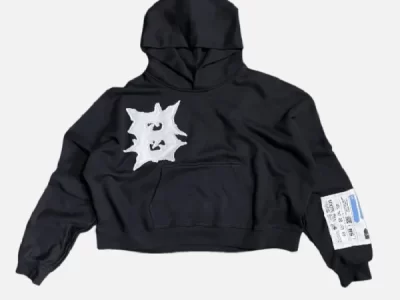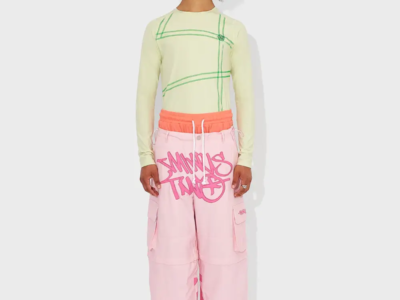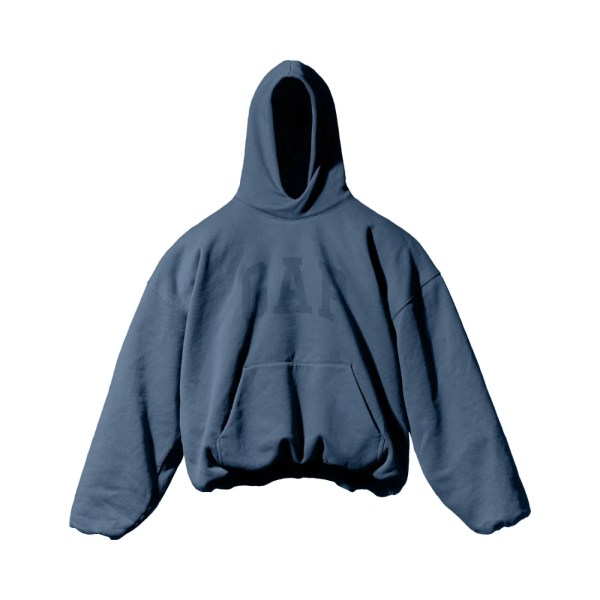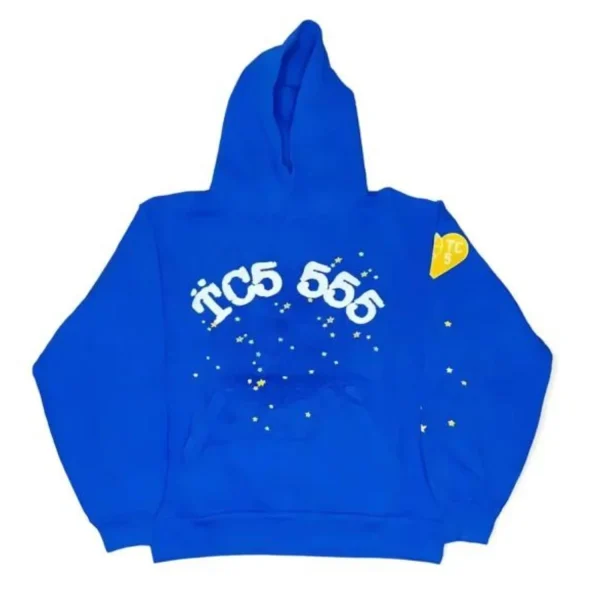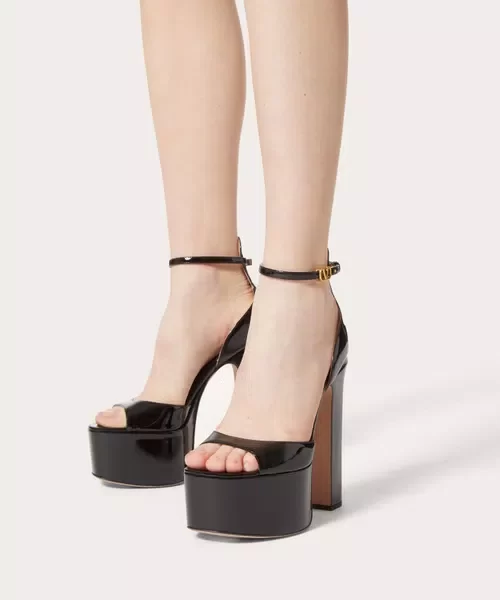
Step into the vibrant world of Middle Eastern fashion as we delve deep into the cultural significance of thobes for men. From their rich history to their modern-day interpretations, these flowing garments have not only become a sartorial symbol but also embody centuries-old traditions and values. Join us on this captivating journey as we uncover the remarkable story behind thobes and how they continue to shape the identity of men in the Arab world.
Introduction to Thobes and their History
Thobes are a traditional form of clothing worn by men in various parts of the world, particularly in the Middle East and North Africa. Also known as “thawb” or “dishdasha”, thobes have a long and rich history that dates back thousands of years.
The origin of thobes can be traced to ancient Mesopotamia, where men wore long robes made from simple fabrics to protect themselves from the harsh desert climate. As trade routes expanded, these robes were introduced to other regions such as Egypt and Persia, where they evolved into different styles and designs.
Over time, thobes became an integral part of the cultural identity for many communities in the Middle East. The traditional design of a thawb consists of a long-sleeved ankle-length garment with a loose fit, often made from lightweight fabrics like cotton or linen. It is usually paired with a headscarf called keffiyeh or shemagh and worn over an undergarment known as kameez.
In addition to being practical for hot weather conditions, these also hold religious significance for Muslim men. The Prophet Muhammad (peace be upon him) is said to have favored this attire, which has led to its widespread adoption among Muslim communities worldwide.
The Cultural Significance of Thobes in Different Regions
Thobes, also known as thawbs or dishdashas, are traditional garments worn by men in many parts of the world, particularly in Middle Eastern and North African countries. These long, loose-fitting garments come in a variety of styles and designs, reflecting the diverse cultural backgrounds and traditions of each region. In this section, we will explore the cultural significance of thobes in different regions and how they play an integral role in representing the identity and heritage of its people.
Middle East:
In many Middle Eastern countries such as Saudi Arabia, Qatar, and Oman, thobes are an essential part of traditional dress for men. Thobes are typically made from lightweight fabrics such as cotton or linen to suit the hot climate of these regions. The most common style is a white or off-white ankle-length garment with long sleeves and a high collar. This simple design allows for maximum airflow to keep the body cool in the scorching desert heat.
One significant aspect of thobe-wearing culture in these regions is its association with modesty and religious beliefs. Many Islamic teachings emphasize modesty through loose-fitting clothing that covers most parts of the body. As such, wearing a thobe is seen as an act of piety among Muslim men. It also serves as a visual marker of one’s faith and adherence to traditional values.
Evolution of Thobes: From Traditional to Modern
The traditional thobe, also known as the dishdasha or kandura, has been a staple garment for men in the Middle East and North Africa for centuries. It is a long, loose-fitting robe that is typically made of lightweight fabric such as cotton or linen and is worn over a pair of trousers. However, over time, the thobe has evolved from its traditional design to incorporate modern elements and styles.
The roots of the thobe can be traced back to ancient Mesopotamia, where it was worn by both men and women. In its early form, it was a simple tunic made of wool or linen and was used as a practical garment to protect against the harsh desert climate. As trade and cultural exchange flourished in the region, the thobe spread to other parts of the Arab world and underwent various transformations.
One significant evolution in the thobe’s design was influenced by Islamic teachings on modesty. The length of the garment gradually became longer to cover more of a man’s body, with some styles even reaching down to his ankles. This change also reflected societal norms and expectations for men’s attire.
Styles and Variations of Thobes for Men
Thobes, also known as thawbs or thawb, are traditional long garments commonly worn by men in the Middle East and other Muslim-majority countries. They are typically made of lightweight fabric such as cotton or linen, making them suitable for the warm climate of these regions. However, over the years, thobes have evolved to include various styles and variations that showcase the cultural diversity and individual preferences of men who wear them.
In this section, we will explore some of the most common styles and variations of thobes for men:
- Traditional Thobe:
The traditional thobe is a loose-fitting ankle-length garment with long sleeves and a high neckline. It is usually made from plain white fabric and is considered the standard attire for men in many Arab countries such as Saudi Arabia, Oman, Qatar, and Kuwait. This style has remained relatively unchanged over time and is often worn on special occasions or during religious ceremonies.
- Modern Thobe:
With globalization and changing fashion trends, modern thobes have become more popular among younger generations. These versions combine traditional elements with contemporary designs to create a more stylish look. The modern thobe may have different necklines like a mandarin collar or V-neckline; it may also feature buttons or zippers instead of the conventional pullover design.
- Regional Variations:
Apart from the classic white color, there are several regional variations in terms of colors and patterns used in thobes.
The Role of Thobes in Special Occasions and Celebrations
Thobes, also known as thawbs or tubes, are traditional garments commonly worn by men in the Arab world. They are a symbol of cultural identity and play an important role in special occasions and celebrations. In this section, we will delve deeper into the significance of thobes in these events.
- Weddings:
Thobes hold a special place in weddings and are considered an essential part of the groom’s attire. The style and design of the thobe may vary depending on the region, but it is usually white or off-white in color, representing purity and new beginnings. It is often adorned with intricate embroidery or embellishments to add a touch of elegance and luxury. Thobes are not only limited to grooms; they are also worn by male family members as a sign of unity and celebration.
- Religious Festivals:
In Islamic culture, thobes are closely associated with religious festivals such as Eid al-Fitr and Eid al-Adha. These occasions mark the end of Ramadan (month of fasting) and Hajj (pilgrimage to Mecca), respectively. Men wear their best thobes during these festivals as a way to show respect for their faith and commemorate these important events.
- National Celebrations:
Thobes are not only limited to religious festivities but also hold significant importance in national celebrations such as Independence Day or National Day in countries like Saudi Arabia, UAE, Qatar, etc.
Contemporary Trends and Fashion Influences on Thobes
Contemporary fashion trends and influences have greatly impacted the traditional attire of thobes for men. Over the years, this iconic garment has evolved to incorporate modern style elements while still retaining its cultural significance.
One of the most notable contemporary trends in thobes is the use of different fabrics and colors. While white remains the predominant color for thobes, designers are now experimenting with a wide range of colors such as navy blue, black, beige, and even pastel shades like baby blue and pink. This shift towards more colorful options has been influenced by global fashion trends and has given men more opportunities to express their personal style through their throbs.
Breaking Stereotypes: Non-Arab Men Wearing Thobes
Thobes, also known as dishdashas or kanduras, are traditional garments worn by men in many Middle Eastern countries, including Saudi Arabia, Qatar, and the United Arab Emirates. These long, loose-fitting robes are usually made of lightweight fabric such as cotton or linen and are designed to provide comfort in the hot desert climate.
While thobes have been an integral part of Arab culture for centuries, there has been a recent trend of non-Arab men embracing this garment. This may come as a surprise to some people who view thobes as exclusively Arabic attire. However, this shift in fashion reflects a broader cultural phenomenon – breaking stereotypes and embracing diversity.
Conclusion: The Timelessness and Versatility
Throughout history, thobes have remained a staple in men’s fashion across various cultures. From the traditional thobe worn by Arab men to the modern interpretations seen on Western runways, this garment has proven its timelessness and versatility.
One of the main reasons for thobes’ enduring presence is their practicality and comfort. The loose-fitting design allows for ease of movement and airflow, making it ideal for hot climates. In addition, the lightweight fabric used, such as cotton or linen, adds to its breathability. This practicality has made thobes a popular choice not only among Arab men but also among those living in similar regions with warm climates.
Moreover, thobes are also known for their simplicity and elegance. The clean lines and minimalistic design make them suitable for both formal occasions and everyday wear. Additionally, the neutral colors commonly used, such as white or beige, make them easy to style with different accessories or layering pieces. This versatility allows men to adapt their thobe to different settings without compromising on cultural significance or personal style.
Thobes have also evolved with time while still maintaining their cultural significance. In recent years, designers have been incorporating contemporary elements into traditional designs to create a more modern look. For instance, shorter lengths or fitted silhouettes have become popular among younger generations in Arab countries.

